Companion planting simply means growing plants together that benefit each other in some way. It may go against the grain to group plants rather than separating them into neat rows, but I have found that the benefits outweigh the costs in most cases. Three ways that companion planting can help you grow more food are: deterring or attracting insects, feeding the soil, and suppressing weeds. Companion planting has been practiced for centuries and with good reason.
Hint: Are you trying to grow and store more of your family’s food? Here is a pantry inventory workbook that can help you get organized.
Historic Example: The Three Sisters
The classic example of companion planting is “the three sisters” used by Native Americans. They found, through years of careful observation, that corn, beans, and squash grew better when planted together.
Corn
Corn uses the vertical space, is well-anchored in the soil, and provides a sturdy trellis for the beans to climb.
Beans
Beans are nitrogen fixers. As with many plants in the legume family, beans have a unique relationship with certain bacteria around their roots that allows them to be “nitrogen-fixers”. They can pull nitrogen from the air and add it to the soil around them. They share that nitrogen with the corn which is a heavy feeder.
Squash
Squash is low growing and acts as a ground cover to prevent weeds from encroaching on the corn and beans; shades the soil and keeps in moisture; has prickly leaves that deter ground animals from coming near the corn (which they love).
There are many examples of symbiotic plant relationships such as these, which can be fostered to help your garden grow more abundantly.
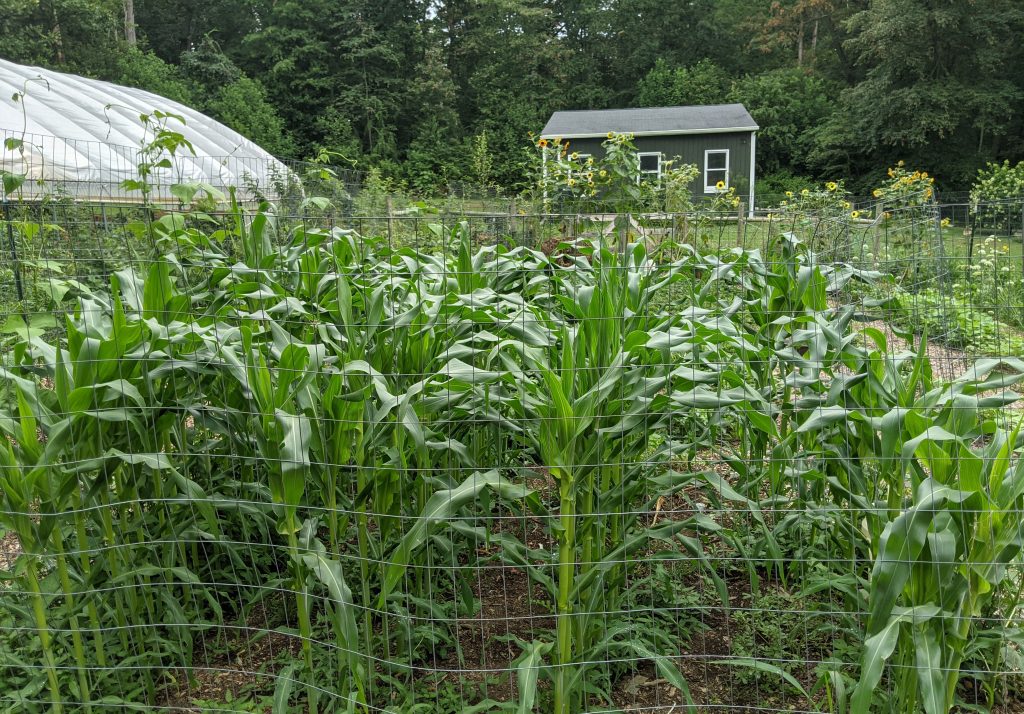
3 Ways companion planting helps us grow more food:
1. Deters or attracts insects
Flowers may seem like a waste of space in a sensible vegetable garden, or where space is at a premium, but they pay untold dividends by attracting pollinators, distracting pests, and sheltering beneficial insects.
Marigolds
Planting French marigolds with tomatoes deters white fly and root knot nematodes in the soil. They also attract pollinators to the high tunnel.
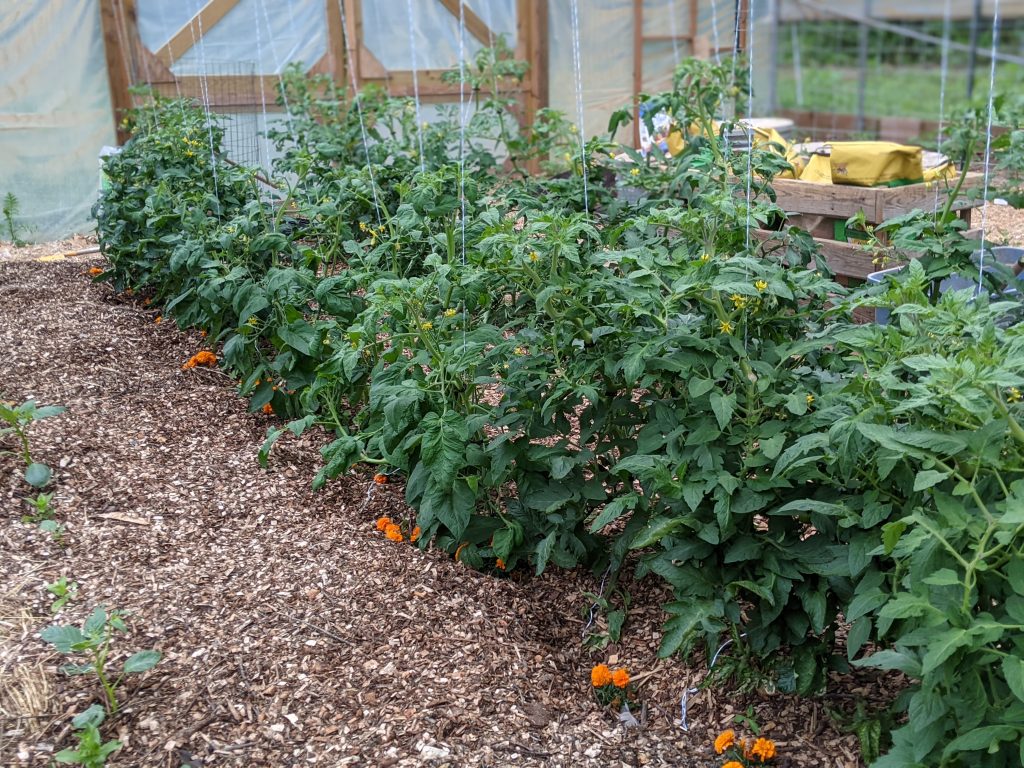
Anise hyssop
Anise hyssop makes a delicious sweet tea and is a pollinator magnet. I planted it in my orchard last year and it was always covered with bees and butterflies. It is in the mint family and will spread from seed, so be mindful where you plant it. I have been allowing it to spread in some areas to deter less desirable weeds.
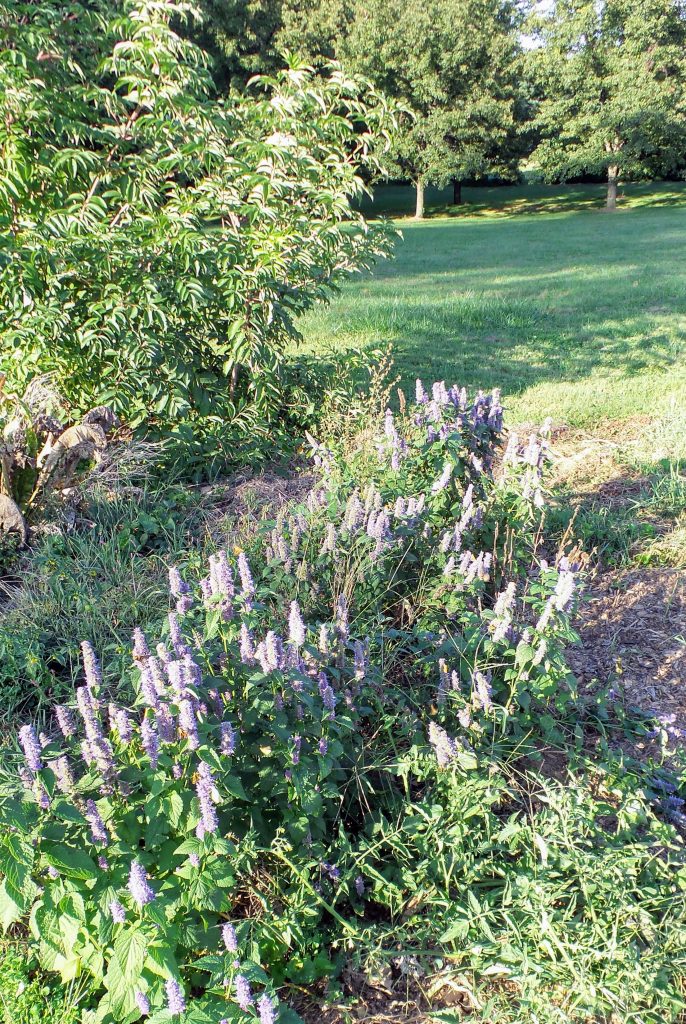
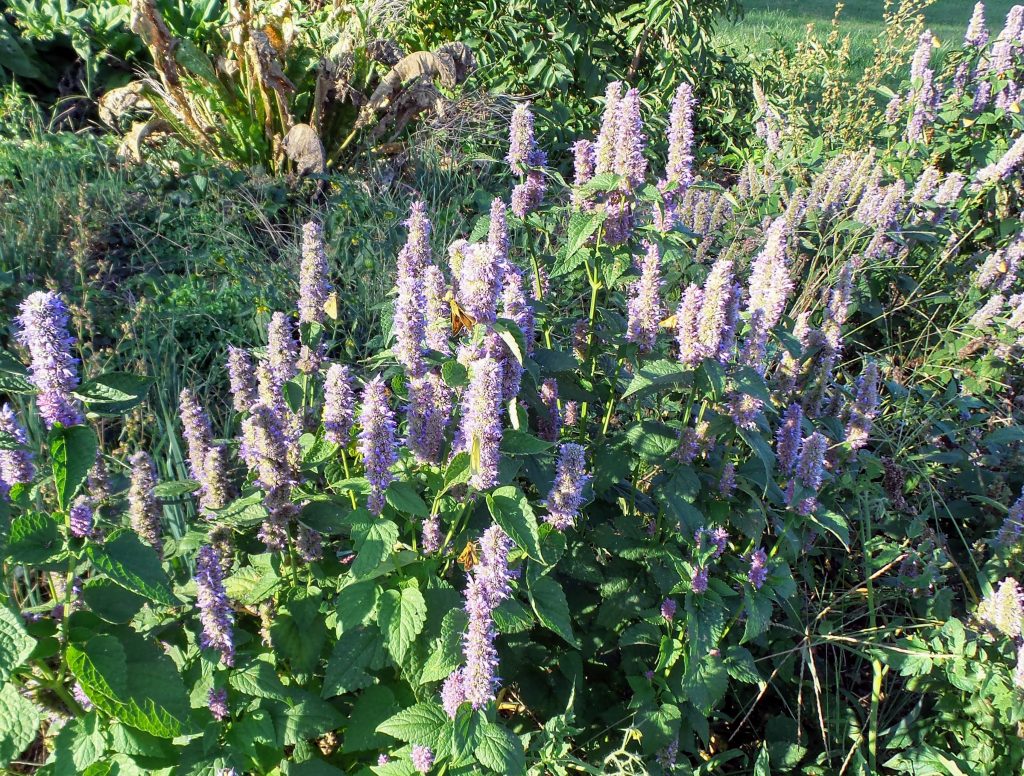
Carrots and onions
Carrots and onions are fantastic partners. The onions deter carrot maggots and help mark the row where the carrots are planted. Carrots can take up to 4 weeks to germinate and the onions mark the row. I accidentally weeded out my carrot seedlings a time or two before I started doing this.
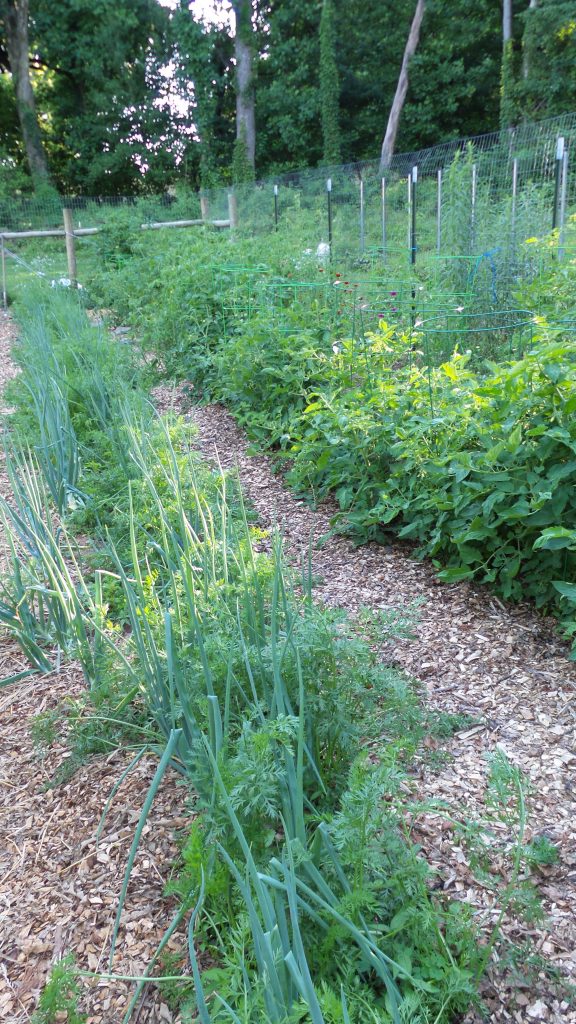
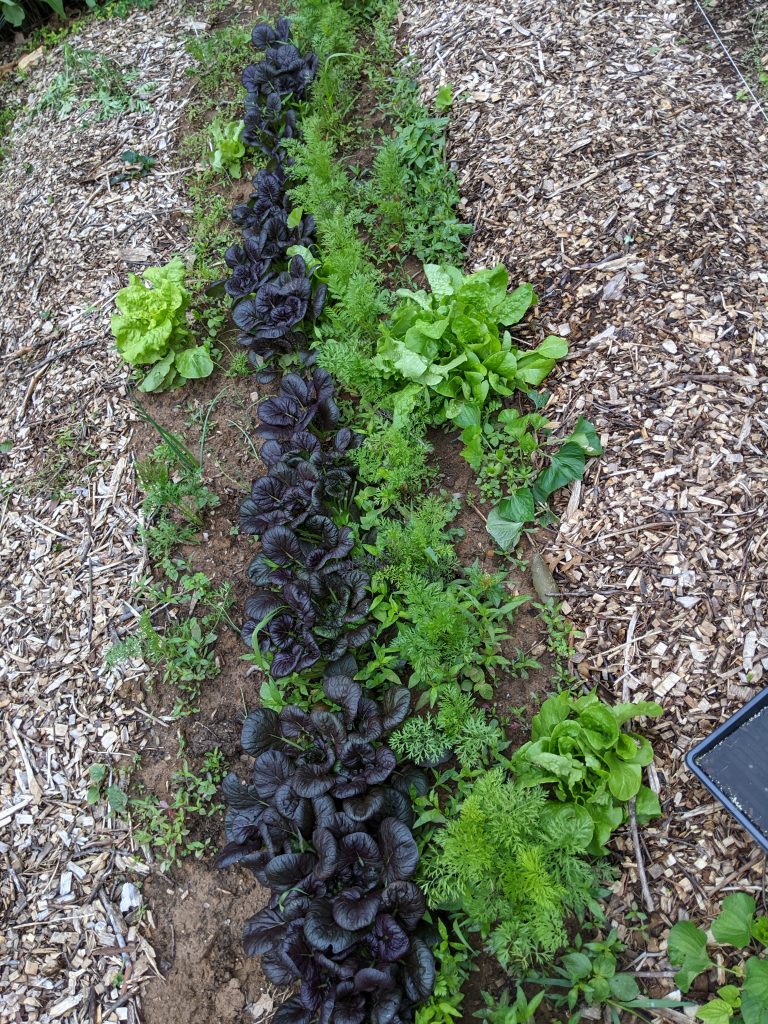
Chives
Chives deter aphids. Dill, cilantro, and fennel attract beneficial insects that feed on aphids. Plant them in combination with plants that need protection from aphids.
Watermelons and potatoes
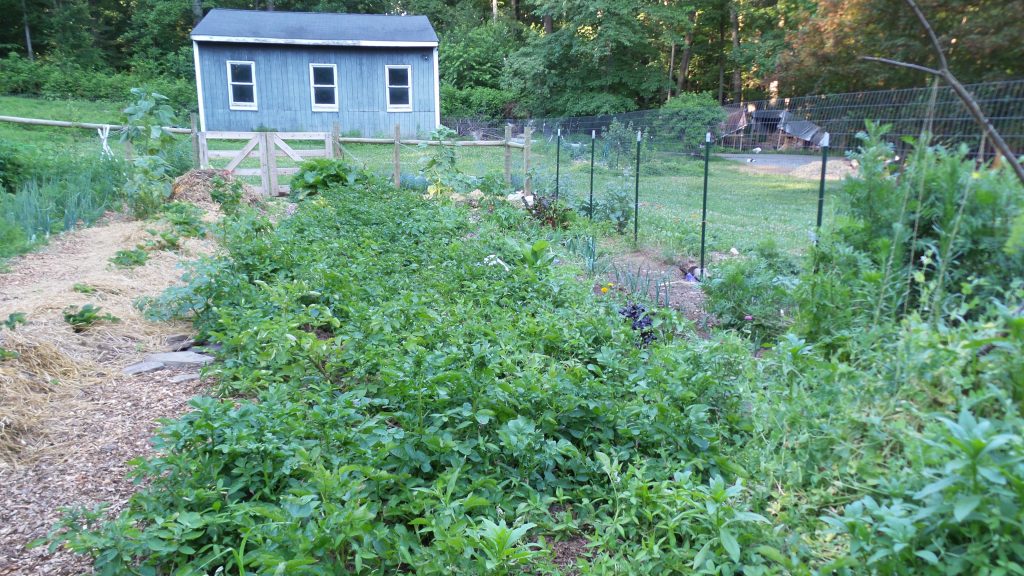
Watermelons and potatoes work well together. The potato plants provide the cool shade that watermelon roots love and the watermelon vines are able to reach out beyond the potato plant leaves to full sun.
Sunflowers
Sunflowers make wonderful trellises for vining spinach (malabar) and things like cucamelons or small gourds.
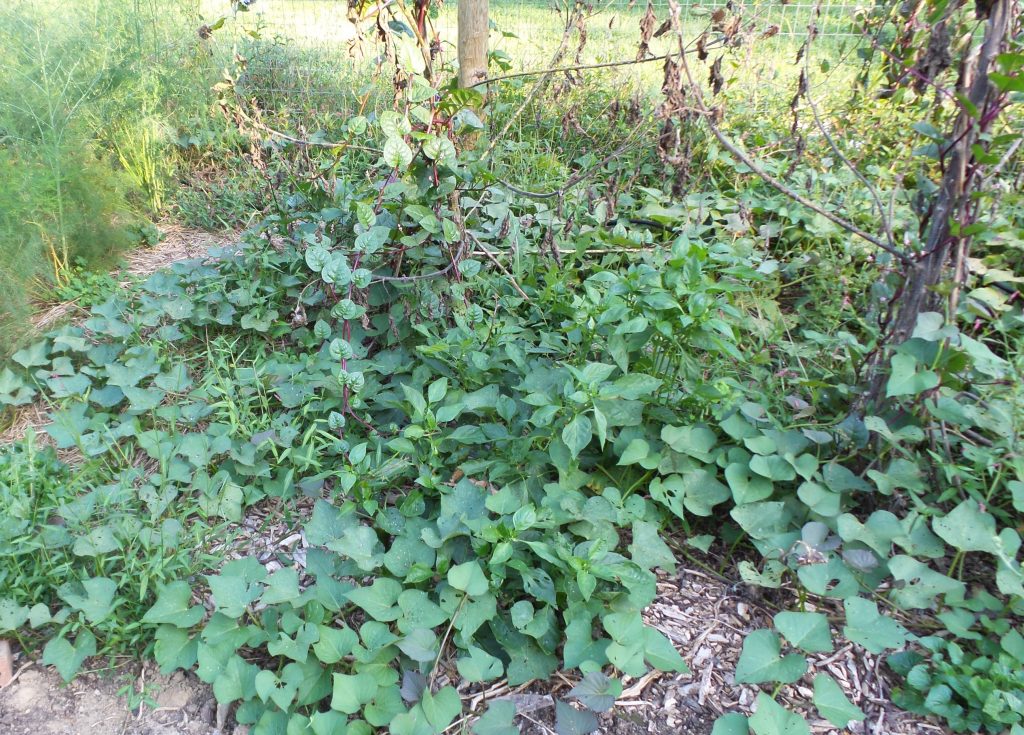
MOre Plants that grow better together
The list of plants that grow better together is long. And the list is growing as scientists, farmers, and gardeners combine forces to study companion planting. Here is a PRINTABLE showing who some common garden plants love to grow near.

2. Feed the soil
Bare soil attracts weeds. I like to always have either a layer of mulch or a cover crop over my soil to keep undesirable weeds from taking hold. (Yes, there are some “weeds” that I consider desirable! Like violets. I love violets. But that’s a topic for another day).
Cover crops or Green Manure are plants sown for the purpose of being tilled or mowed down to improve the soil. Depending on the type of crop, they pull nutrients from the air or soil, create organic matter, suppress weeds, and can even be used to drill down and improve clay soil (like we have here in MD). They should be densely planted for greatest effectiveness.
I have a fancy free printable with charts showing which cover crops go well together and when to plant them over in a more detailed post on cover crops.
Forage Radishes
Forage radishes drill down into compacted soil and create spaces for air, roots, and worms to move. They are planted in late summer and will naturally be killed by winter temperatures below 20F and disintegrate into the soil
Buckwheat
Buckwheat is also helpful to improve heavy clay soils. It can be planted as late as June, but must be mowed or cut down before it goes to seed or it will self sow.
Winter rye
Winter rye is one of the most space efficient cover crops, in my opinion. It can be planted in the fall after the garden has been harvested. It will start to grow, then pause and overwinter, growing again in spring. Like buckwheat it needs to be mown down and either tilled in or left on top of the soil as mulch before it goes to seed.
3. Weed suppressors
Weed suppressing plants – aka living mulch – are plants that imo make better row covers than straw or wood chips. Usually that is because they also fulfill one of the other companion plant roles, such as clover that is a nitrogen fixer. Living mulches increase plant diversity and create places for beneficial insects to hide and even overwinter. Some of them, like buckwheat and winter rye are also cover crops and require attention lest they become weeds themselves.
My two favorites are very low maintenance once they get going:
Comfrey
Comfrey is normally considered a weed. Russian comfrey spreads by root cuttings only, but has all the best properties of comfrey. I plant comfrey around all my fruit trees. Its broad spreading leaves block out other weeds and its deep roots (8ft!) pull up nutrients to where the fruit trees can reach them. The leaves make a nutrient dense mulch. Comfrey leaves are also a great supplemental food for rabbits and poultry. Not to mention an incredible wound healing poultice — one that has saved me from wasting time getting stitches at urgent care several times.
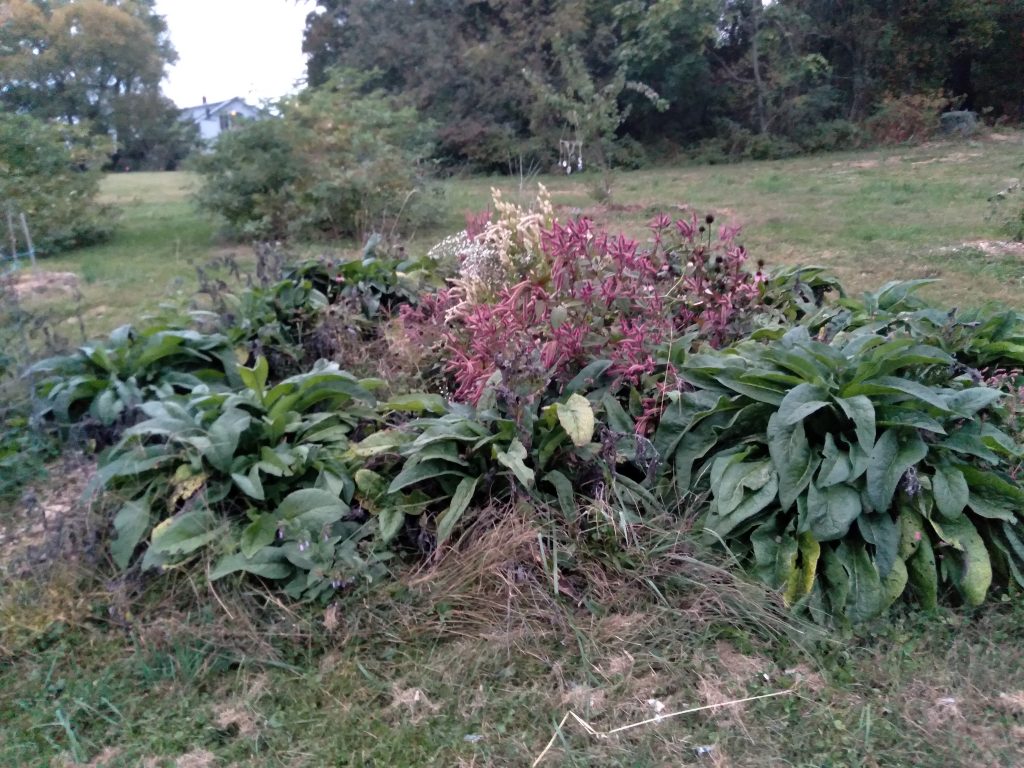
from the echinacea patch
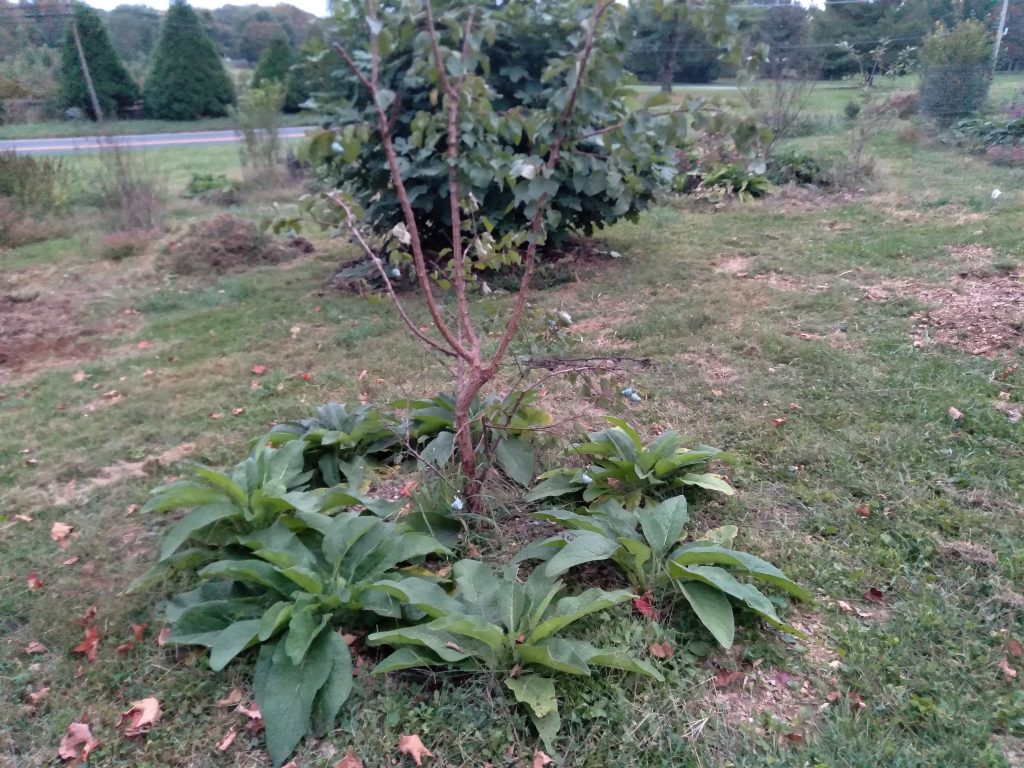

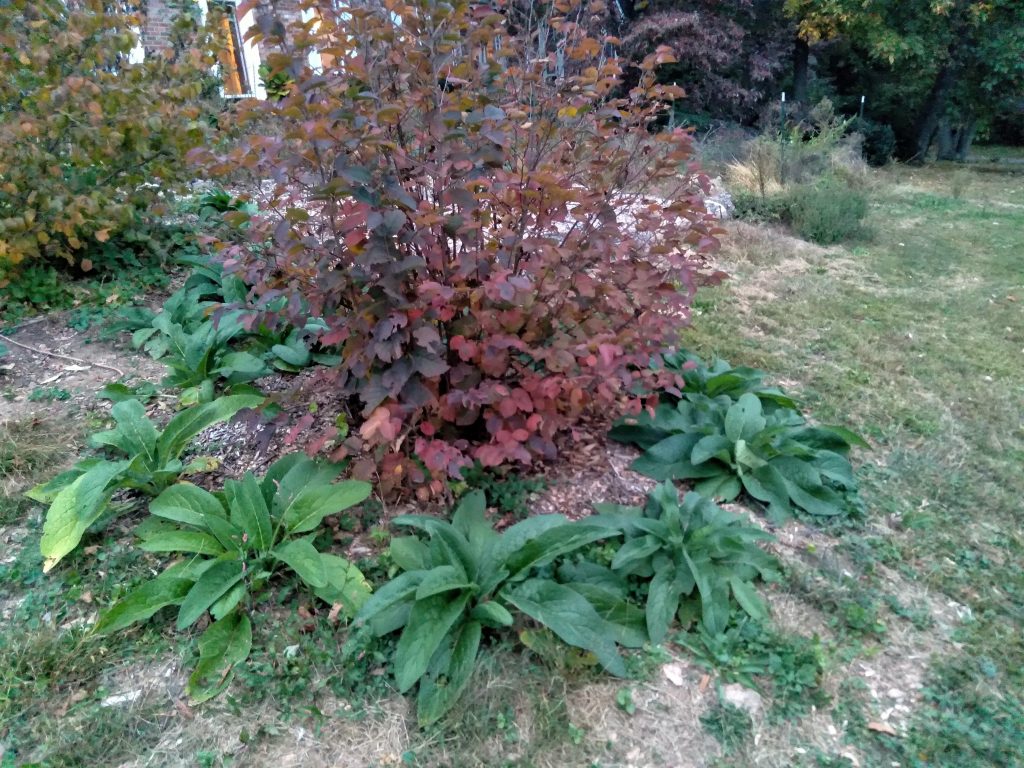
Rhubarb
Rhubarb is a wonderful weed suppressor with its broad leaves shading out pesky weeds. Rhubarb and asparagus are another super team when planted together. They both need nitrogen rich soil and are perennial. The asparagus shoots up past the rhubarb and the rhubarb’s wide leaves shade out the majority of weeds. Any tall plant can be a great companion with rhubarb to shade the soil as long as it comes up around the same time.
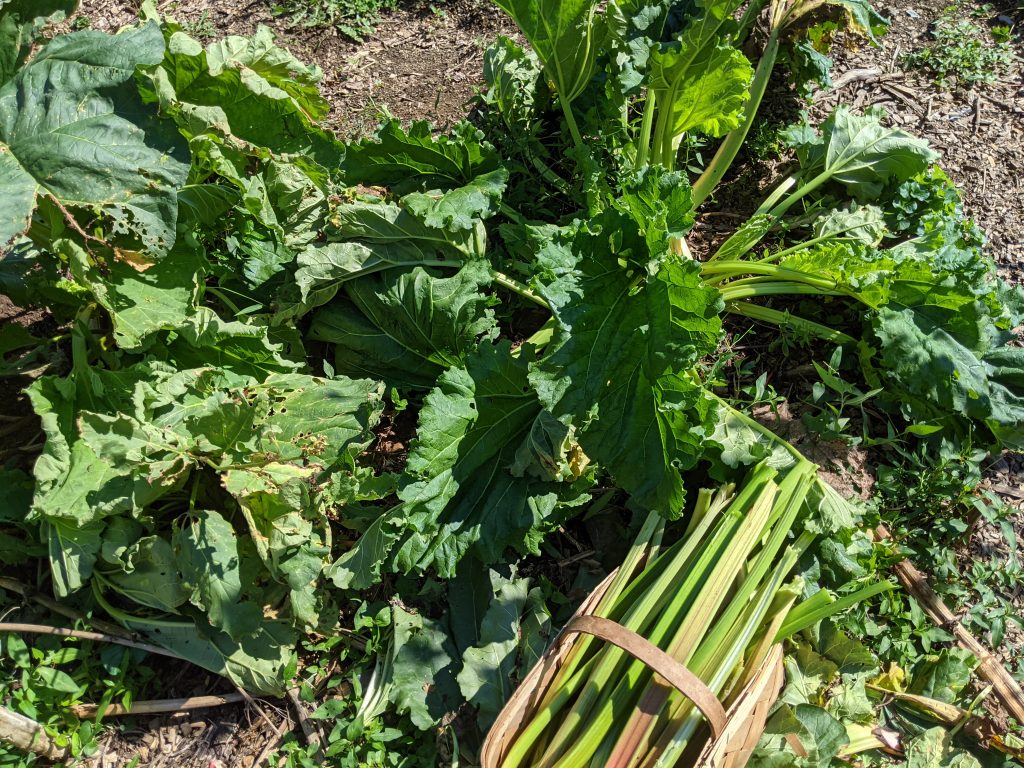
Final Note: Prevention is better than cure
It’s worth noting that in most cases, prevention is better than cure applies here. For example, it’s best to plant marigolds in the area where you’ll be planting your tomato seedlings before the tomatoes are even in the ground. The deterrents for bugs that I just told you about will not be effective once the bugs have already found your plants, weeds have already sprouted, or plants are already in need of nourishment.




Leave a Reply